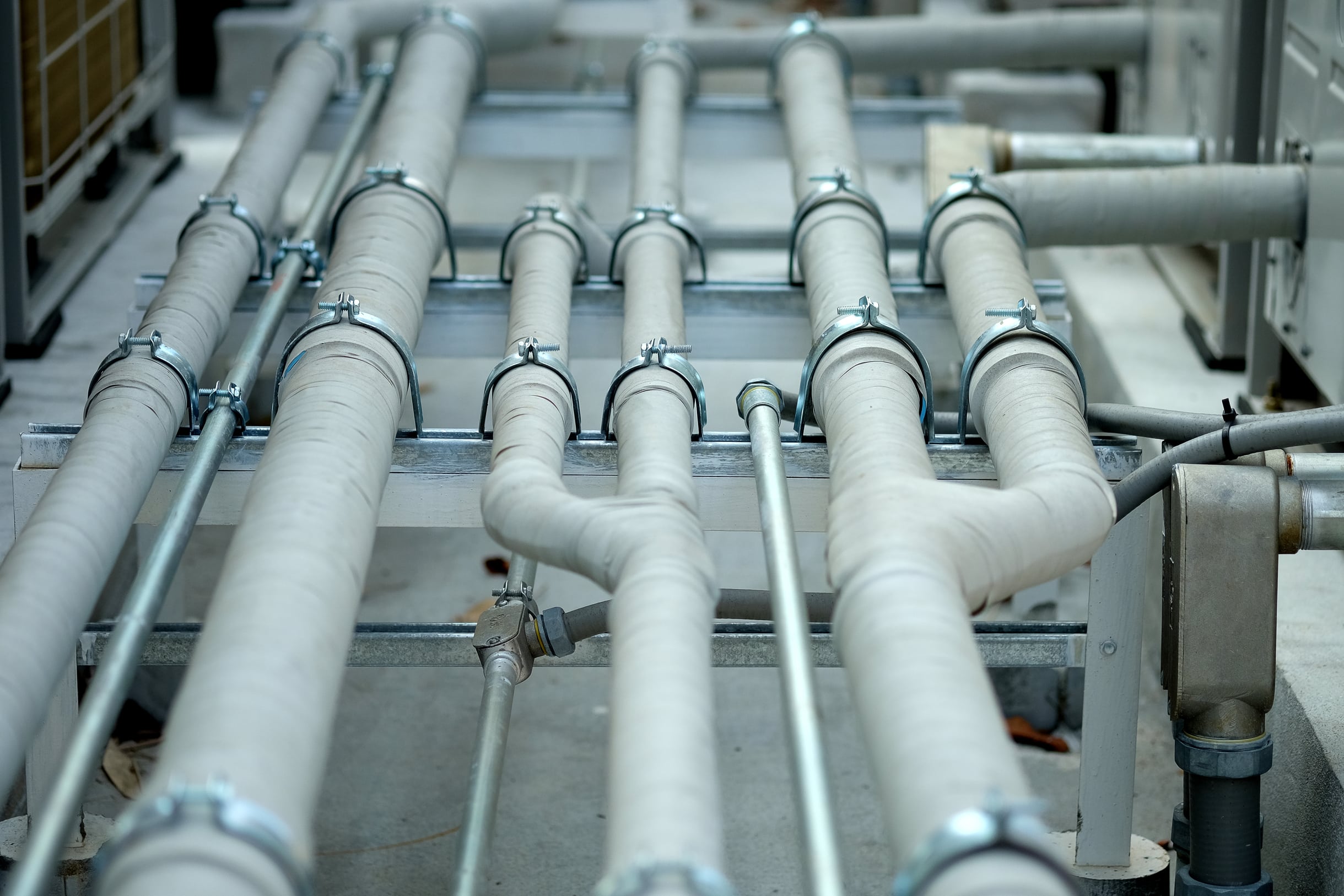How to Install a Short Shifter Kit in a Honda Civic Type R for Improved Gear Changes?

Your Honda Civic Type R is a high-performance vehicle, providing an exhilarating driving experience. However, you may crave for an even sharper drive. The kind where gear changes are swift and precise, giving you control like never before. The solution? A short shifter kit. This modification can reduce the throw of your gear shift, resulting in faster, smoother gear changes. But how do you install this kit? This guide will walk you through the process.
Understanding the Short Shifter Kit
Before diving into the installation process, it’s imperative to understand what a short shifter kit is and how it impacts your car’s performance. The short shifter is a modified gear stick designed to reduce the distance your hand needs to move to switch gears, hence the term ‘short’. This reduction in motion allows for quicker, more efficient gear changes.
Also to read : What are the formalities for a family move to Portugal ?
The kit consists of a short shifter, bushings, and a new gear knob. The shifter is the main component that’s installed into the console, replacing the original gear stick. The bushings are there to reduce any slack in the shifter, ensuring a tight, precise feel. The knob is often a matter of personal preference, but can enhance the overall look and feel of your car’s interior.
Preparing for the Installation
Like any vehicle modification, preparation is key when installing a short shifter kit. Start by parking your car on a flat surface and ensuring the vehicle is off, with the parking brake engaged. You’ll need a few tools for this installation, including a socket wrench, a flat head screwdriver, and a new shifter kit. We recommend choosing a kit that’s specifically designed for the Honda Civic Type R to ensure compatibility and optimum performance.
Also read : Private boat transfer - st martin / st maarten to st barth
Before beginning, familiarize yourself with the new shifter kit. Note where the bushings and the knob fit, and compare the new shifter’s size and shape with the original. This will give you a clear understanding of what you’re working with and where each component will fit.
Removing the Old Shifter
Now comes the first hands-on part of the process: removing the old shifter. Start by removing the shifter knob. This will typically unscrew counter-clockwise, though some may require a bit more force than others. Once the knob is off, you’ll need to remove the console that surrounds the shifter.
Next, shift your car into second or fourth gear—this will provide the best access to the screws. Using your flat head screwdriver and socket wrench, remove the screws attaching the shifter to the console. Be careful not to lose any screws or damage the console during this process.
Once the screws are out, you’ll be able to lift the old shifter out of the console. Pay attention to how the shifter is attached to the shift linkage, as you’ll need to replicate this when installing the new shifter. Lastly, remove the old bushings from the console.
Installing the New Short Shifter
With the old shifter removed, you’re ready to install the new short shifter. Start by applying the new bushings to the console. These should fit snugly into place, providing a solid base for the new shifter.
Now, align the new shifter with the shift linkage, just as the old one was. This is an important step that ensures the short shifter functions properly, allowing you to shift gears smoothly. Once aligned, use your socket wrench to screw the shifter into place.
With the shifter secure, the final step is to install the new knob. Again, this should screw into place clockwise. Ensure it’s tightly fitted and doesn’t wobble when used. If it does, you may need to tighten it further or use a different knob.
Testing the New Shifter
After the installation, it’s time to test the new shifter. Make sure the car is still off and attempt to shift through all gears. Each gear should engage smoothly, and the entire process should feel quicker and more precise.
Once you’re satisfied with the feel of the new shifter, take your car for a controlled test drive. Pay attention to how the short shifter impacts your gear changes. The shifts should feel faster and more efficient, improving your overall driving experience.
In conclusion, installing a short shifter kit in your Honda Civic Type R can significantly improve your gear changes, making your driving experience more enjoyable. Remember, preparation is key, and understanding how each component fits and works is vital for a successful installation. With this guide, you should be well on your way to more precise and efficient gear changes. Happy driving!
Adjusting the Shifter Cable and Installing the Centering Spring
Now that the new short shifter is installed, your next step involves adjusting the shifter cable and installing the centering spring. These components are crucial for smooth gear transitions. Begin by locating the shifter cable, which typically runs from the base of the shifter to the transmission.
First, disconnect the shifter cable from the shifter assembly. It’s usually held in place by a clip that you can remove with your flat head screwdriver. Once disconnected, inspect the cable for any wear or damage. If any exists, consider replacing the cable for optimal performance.
Next, you’ll need to adjust the shifter cable. This process can vary depending on the specific model of your Honda Civic Type R. Some cables may have an adjuster, while others may require manual adjustment. Ensure the cable is properly aligned with the shifter assembly, allowing for smooth movement when changing gears.
Once you’ve adjusted the shifter cable, it’s time to install the centering spring. This component helps return the shifter to its neutral position after a gear change, allowing for faster, more efficient shifts.
To install the centering spring, fit it onto the shifter base, ensuring it’s properly seated. Then, connect the spring to the shifter assembly. This might require a certain degree of force, so apply pressure carefully to avoid damaging the spring or shifter assembly.
The Role of the Stabilizer Bar, Side Lever, and Cable Bushings
The stabilizer bar, side lever and cable bushings play integral roles in the functioning of the short shifter. The stabilizer bar is a metal rod that helps maintain the rigidity of the shifter, preventing it from moving side-to-side excessively during gear changes.
To install the stabilizer bar, align it with the holes on the base bushings and the shifter base. Once aligned, use your socket wrench to secure it in place.
The side lever is a component of the shifter assembly that enables the lateral movement of the shifter. This component should be carefully installed, ensuring it’s securely attached to the shifter base.
The cable bushings are small rubber parts that sit between the shifter cable and shifter assembly. These components prevent metal-on-metal contact, reducing wear and tear on your shifter system. To install, simply push the bushings into the designated spots on the shifter assembly.
In Conclusion
Enhancing your driving experience with a short shifter kit for your Honda Civic Type R can be a rewarding DIY project. This process, although meticulous, can significantly improve your gear changes and overall handling of your vehicle. The short shifter reduces the distance you need to move to switch gears, making for quicker, more efficient gear changes.
This guide covered everything from understanding the short shifter kit, preparing for the installation, removing the old shifter, and installing the new short shifter. It also delved into adjusting the shifter cable and installing the centering spring, as well as the importance of the stabilizer bar, side lever, and cable bushings.
As with any vehicle modification, ensure you follow each step carefully and take your time. Proper installation is crucial for performance and safety. Once correctly installed, you should notice an immediate improvement in gear changes, enhancing your driving experience in your Honda Civic Type R.
Remember, this modification might void your warranty, and it’s always a good idea to consult with a professional if you’re unsure about any steps in the process. With your new short shifter kit installed, enjoy your improved gear changes and more engaging drive. Happy motoring!
